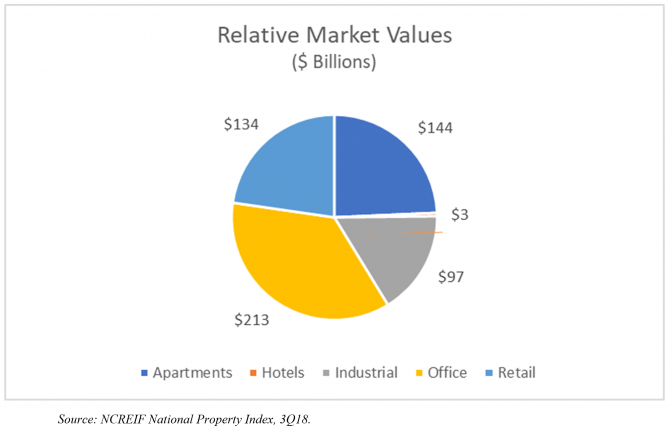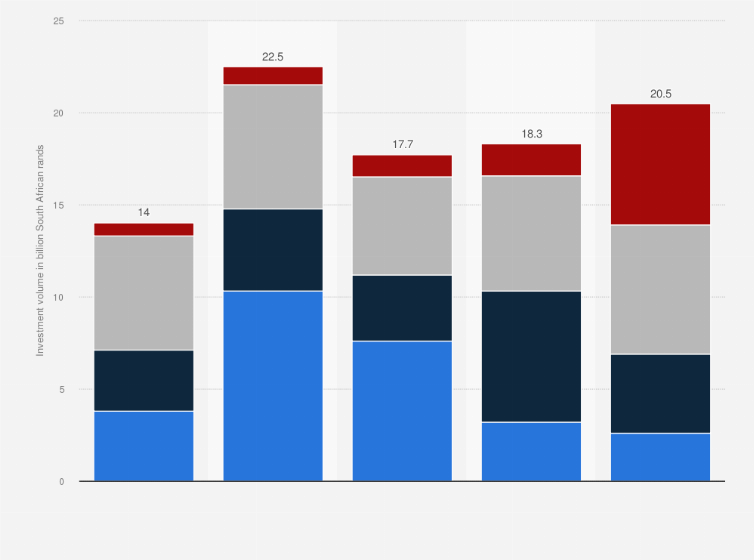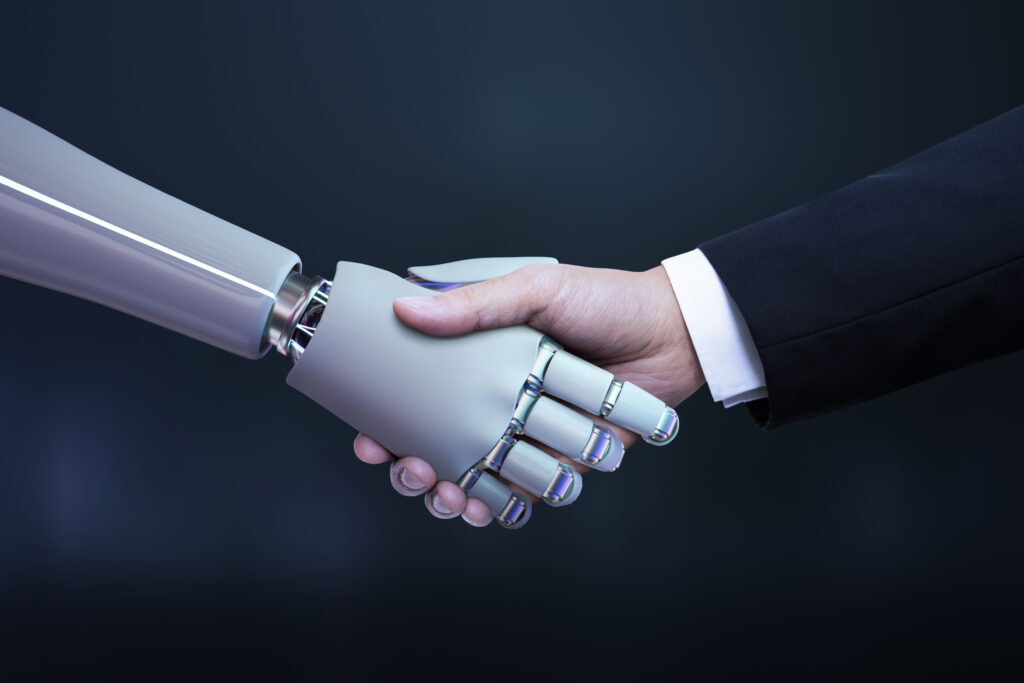Over the last few articles, we’ve explored why it is necessary for organisations to embark on a digital transformation journey. We’ve explored that the reason is mainly because business development is not moving at the same exponential rate that technology is, and it is necessary for organisations to be able to digitally transform themselves for them to become competitive in this new world. This week, we will be looking at the different intricacies of two main technologies that we’ve been studying and working on over the last few years, the first being artificial intelligence- AI for short.
For most people, just the mention of artificial intelligence scares the living daylights out of them, mostly because a lot of the different knowledge and information we’ve read about it has been in a negative light. Everybody remembers that famous movie from the 80s, whereby the robots and the machines were taking over everything that the humans owned, and the robots were taking over and doing things per their will. That is what we call general artificial intelligence (general AI). Unfortunately, or rather, fortunately, the pure intelligence hasn’t reached its peak, whereby it is able to reach those kinds of knowledge levels, or levels of operation where it can be able to do that.
On the other hand, we’ve got narrow AI, which is quite simply said, a more specialised variation of AI that specialises in specific fields of expertise and is not necessarily a know-it-all being that is general AI. Narrow AI, on the other hand, seeks to perform a specific function of the human mind. For example, you’ll find that the kind of applications that we’ve been able to build narrow AI on have been solving specific problems, e.g., facial recognition software, and not necessarily multifaceted issues, such as those performed by general AI as depicted in the movies. With that said, what then can this AI phenomenon do for you and your business? It has been theorised multiple times by academics, you’re reading about it here today, and from multiple parties around the world talking about how it is the next wave in the world.
Case Study

Property Development
In typical fashion, we will go on and take a case study of an organisation that we recently worked with in the SADC region. This organisation is a property development company that specialises in taking houses or commercial properties, buying it up, once they buy it, they improve the property and then go on to resell it at a higher price in the market.


What they wanted to do was to find a way to arbitrage the market by finding undervalued properties, improving them and making a bigger spread on the different properties they sold. So, what we did was, we took a large data set of house prices across the nation from the Deed’s office. Once we took all this large set of data, we then went on to clean it up, removed all the different inconsistencies, and ensured that it was clean set of data. Once we ensure that was a clean set of data, we then took this data and then created multiple machine learning algorithms, which really is a branch of AI. And with the use of these different algorithms that we created for them; we were then able to find the different factors that affect the pricing of these different houses. And were able to find a source of arbitrage that help this organisation get a unique position within the market. As a result, they were able to easily spot houses that were underpriced in the market and were now able to make a bigger spread on the different houses they bought and sold. Over the last two years of their using the system, they’ve managed to make additional profits of up to 75% year on year as an organisation. This is truly remarkable and illustrates the power of using these new technologies.
Building Blocks
From this particular example, what are the different building blocks that can be found and used in an organisation for AI to be implemented successfully?

Building Blocks of AI
First, is data – high quality, clean data. It is very important that all the different data sets that organisations need is structured. And the data is clean for us to be able to create custom algorithms that will help us find these different paths to decision making. And once you have the clean data, we can then use different types of models. Within machine learning, which is another branch of artificial intelligence, there are two types of models that we can use. These are:
-
Supervised learning – has to do with structured data, which is, data that can be structured such as, name, ID number, grade and so on and so forth.
-
Unsupervised learning – is a more complicated version of machine learning, which takes unstructured pieces of data and tries to make sense of them over time, and then goes on to help make decisions around it.
Drawing from the case that that we have just illustrated, you can see that the kind of data that we used in this particular exercise, varied from some structured data, including information from the Deeds office, some from unstructured data, such as negotiation price points, some from other data, including neighbourhoods, and so on and so forth. And from these different sorts of data that we collected, we’re able to then come up with these different models that went on to help organisations.
Benefits
So now then, what are the direct benefits of this artificial intelligence phenomenon? And how will they enable you as an organisation to become better, faster, cheaper?

Benefits of AI
-
Finding a unique selling point – they will definitely help an organisation find a unique selling point or a competitive advantage that will help them thrive within their market. For example, the above property client was able to find undervalued properties much faster, and much more efficiently compared to their peers. Thus, were able to have a competitive advantage.
-
Reduce cost base – organisations can use artificial intelligence to help reduce their cost base as an organisation. For example, we recently worked with an organisation that was automating their production line. And through use of artificial intelligence, were able to reduce the total number of people on the line by over 50%, using artificial intelligence technology. And as a result, were able to get much more optimised results for a cheaper price than that of individuals.
-
New growth opportunities – artificial intelligence has opened up a new avenue for different organisations to find new growth opportunities that they will not have been able to leverage on earlier on before it, as this phenomenon uses data to find these different insights that are hidden.
Drawbacks
With the benefits to AI, comes potential drawbacks that we have seen our client’s experience. For example, in some cases, we realise that artificial intelligence becomes a bit of a black box in that the different results within that black box cannot be thoroughly defined as to how they were derived. For example, a large bank in the United States of America used artificial intelligence – machine learning specifically – to help them decide which individuals would be credit-worthy and which would not. And in doing this, the algorithm took all the different types of data they got, and in a black box then decided that black people would be more likely to default than white people. And at the end of the day, this caused a huge problem because white people that had a similar profile to black people would be getting their loans at a cheaper rate than black people with the exact same profile. And this led to regulatory risk for these individuals as well as reputational risk for them as an organisation. As now, they really didn’t know what was really in that model.
With the benefits to AI, comes potential drawbacks that we have seen our client’s experience. For example, in some cases, we realise that artificial intelligence becomes a bit of a black box in that the different results within that black box cannot be thoroughly defined as to how they were derived. For example, a large bank in the United States of America used artificial intelligence – machine learning specifically – to help them decide which individuals would be credit-worthy and which would not. And in doing this, the algorithm took all the different types of data they got, and in a black box then decided that black people would be more likely to default than white people.
And at the end of the day, this caused a huge problem because white people that had a similar profile to black people would be getting their loans at a cheaper rate than black people with the exact same profile. And this led to regulatory risk for these individuals as well as reputational risk for them as an organisation. As now, they really didn’t know what was really in that model.
However, all in all, the rise of artificial intelligence as a technology has been an overall good for organisations across the world. We’ve seen organisations reduce their costs by up to 70%. In some cases, and with some organisations across the world, they have even gone on to double the size of their businesses using the advent of artificial intelligence to give them the benefit. As a result, in implementing this technology, although there’s a large investment behind it, the benefits are likely to come for your organizations given that the implementation is right.
Our world is changing. And the truth is, we need to understand what we as organisations must do to be competitive. As organisations are using these different technologies to improve themselves, and leverage upon them to become better, faster and cheaper, it’s necessary that an organisation invests towards the future for them to ensure their long-term sustainability. Artificial Intelligence, from our experience, and from the insight we’ve drawn from working with other larger organisations is a sure way to be able to do this. However, as an organisation before you decide to invest in it, you need to realise and you need to understand that there has to be a business case you are solving in order for this to be successful.
The last major drawback that we find from artificial intelligence is that due to its rapid improvement over the years, we find that in the next couple of years, it will completely eradicate and remove people from jobs to an extent. As a result, it’s necessary for individuals to look at what jobs are actually in trouble at this particular point in time, and then pivot or rather specialise in different areas that will ensure that they can coexist with the artificial intelligence.
Thank you and please do join us in the next article as we continue the journey to helping you and your network ensure that you become better, cheaper, faster.
